Sometimes nothing. And it would be great if that was always the case. Some women sail through their menopause with barely a symptom, but it’s not an easy transition for all.
By talking about it openly, raising awareness and putting the right support in place, we can get to a point where menopause is no longer an issue in the workplace.
The scale of the issue
Menopause has always been around, so why are we only recently talking about it more in terms of how it could impact at work?
Because we’re an ageing population, living longer and working longer, with fewer new entrants from education joining the workforce. This means that organisations need to look after menopausal workers to attract and retain the talent they need.
The statistics speak for themselves:
- There are 3 million women in Australia aged between 40 and 59.
- Menopause-aged women make up 26% of the Australian workforce and are the fastest growing workforce demographic.
- According to the Australian Bureau of Statistics, 83% of women aged between 45 and 59 are employed.
- One in 3 of the workforce will soon be over 50, and the retirement age is now 66.5.
- The average age for a woman to go through menopause is 51. It can be earlier than this, naturally or due to surgery, or illness.
- Symptoms may start years before menopause, during the perimenopause phase which can last between 7 and 10 years.
- 3 in 4 women experience symptoms, 1 in 4 could experience serious symptoms.
- In the UK, there have been successful employment tribunals against employers.
- Workplace Law Reforms in Australia now place a higher level of requirements on employers to ensure workplaces are free from sex-based harassment and discrimination, as well as to minimise psychosocial hazards.
What does the research say?
Everyone experiences menopause differently. Symptoms can be physical, such as hot flushes, headaches, poor sleep and erratic periods, or psychological, such as anxiety, low mood, lack of confidence and poor concentration. We’ve found that most people are surprised at the range of symptoms.
Alarmingly, however, in some cases menopausal symptoms can lead to women leaving their jobs. In fact one in four consider it, according to the UK Wellbeing of Women survey in 2016.
That’s not good for them and not good for their employer.
The Women, Work and the Menopause: Releasing the Potential of Older Professional Women report (Jack et al. 2014) highlighted the relationship between menopause symptom frequency and severity to workplace engagement, job satisfaction, organisational commitment and intention to quit.

Fewer than 3% of the 601 study participants indicated that their workplace provided support (informal or informal) or line management training on menopause.
Respondents spoke of the stigma and shame associated with discussing menopause at work: “Many women felt that organisational expectations required them to ‘hide’ any evidence of their ‘hormonal bodies’ by presenting an unproblematic self.”
And: “Symptoms may subsequently result in feelings of inadequacy and embarrassment and be accompanied by loss of self-esteem and confidence.”
When people took leave from work due to symptoms, they were more likely to report illness or a cold as the reason for their absence.
This could be due to the often-negative perception of menopause and some women being embarrassed to talk about it. Alongside the general lack of accurate knowledge and women not being aware that what they are experiencing is due to fluctuating hormones during the menopause.
The research highlights the importance of workplaces addressing menopause, stating that:
“It is vital to recognise that negative cultural messages, inhospitable workplace environments and a lack of organisational and line management understanding of what menopause may entail, can lead to significant challenges and outcomes for professional women.”
What this means for line managers
Many line managers tell us that they don’t feel confident talking about menopause. They don’t know enough about it or how they can help. Unlike maternity where it’s usually clear, it can be more complex with menopause. Everyone’s experience is different and can need different interventions.
This means that managers need training to understand the range of possibilities and have guidance on the support that their organisation can provide to help.
A line manager recently told us that he felt uncomfortable talking about menopause because he didn’t know enough about HRT. When we explained that he probably didn’t know enough about an epidural but could do a maternity meeting, he felt happier knowing that his role was to support his team member, following his organisation’s policies.
How an individual manages their menopause symptoms is between them and their GP or menopause specialist, unless it’s affecting their work, or they want to talk about it.
Line managers don’t need to be medical experts, nor should they be. A good level of knowledge, understanding how they can support and how to have a good, supportive conversation makes a big difference.
What this means for organisations
What employers can do is what you’d expect of any employer who wants to attract and retain a diverse and inclusive workforce. This starts with creating the environment to talk about menopause openly and without embarrassment.
Our experience working in the UK proves that it is possible to bring this subject out into the open relatively easily with the right approach. Many UK organisations already are, both public and private sector, large and small.
Leading the way in the UK are organisations including HSBC UK, first direct, M&S Bank, BAE Systems, Unilever UK and Ireland, West Ham United Football Club, Boots, Sainsbury’s Group, Accenture, Southeastern Railways, many NHS Trusts and universities. They’re seeing the benefits and how quickly a once-taboo subject can be normalised.
A report from Australian workplaces titled “The Women, Work and The Menopause” highlights the need for employers to put in place policies, training, processes and information so all colleagues have a clear understanding of menopause.
Whether it’s a policy or guidance document, it’s best if it’s written down, well publicised and easy for the whole workforce to access. Reasonable adjustments are usually straightforward, low cost and simple to implement, such as a desktop fan or extra uniform, or even flexible working.
The Australasian Menopause Society recommends workplace training, raising awareness of menopause at work and introducing an array of workable solutions.
They also advocate fostering an environment in which women feel comfortable and confident talking to their managers, where managers follow clear and coherent guidelines and direct women to Occupational Health, if necessary.
What does the legislation say?
Menopause symptoms can be exacerbated by work and stress caused by the work environment. There are certain pieces of legislation in place which employers must abide by to protect people struggling with symptoms in their workplace.
Respect@Work legislation places a new positive duty on employers to eliminate workplace sex discrimination including:
- workplace sexual harassment, sex discrimination and sex-based harassment
- conduct that amounts to subjecting a person to a hostile workplace environment on the ground of sex
- certain acts of victimisation.
Menopause is covered under the Anti-Discrimination and Human Rights Legislation Amendment (Respect at Work) Act 2022 (Cth) and the amended Sex Discrimination Act 1984 (Cth), and can be on the grounds of sex, age or disability discrimination.
Making sure your workplace is free from discrimination means you need to consider how menopause symptoms could impact an individual in the workplace.
Short-term investment can prevent long-term issues. In the UK, menopause-related tribunals have already been found in favour of the employee. It’s highly likely there will be similar action in Australia to come.
Harmonised work health and safety laws require a PCBU to eliminate psychosocial hazards, or minimise them so far as is reasonably practicable. During transition into and out of menopause women are at up to 4 times greater risk of a depressive episode. The symptoms of a psychological injury mirror those of menopause; depression, anxiety, muscoskeletal pain, sleep disorders, suicidal thoughts, and fatigue, making it all the more important to raise awareness for menopause at work and ensure women feel comfortable asking for support.
Employers never want issues to get this far, and taking steps to provide support to women can help protect them from legal entanglements.
Commercial benefits to organisations
We’ve worked with, supported and talked to over 1000 organisations. The outcomes of mainstreaming menopause have shown clear benefits to employees and the employer.
Considering the relatively small investment in activity, the financial and commercial benefits are significant, especially considering:
The cost of recruitment to replace workers who leave the business. According to The Australian HR Institute this can cost up to 150% of an employee’s full-time salary, including direct recruitment costs and bringing a new member of the team up to speed.
Cost of absence. According to the UK’s Fawcett Report, people experiencing menopause take up to 40% more leave days. Whilst difficult to quantify, researchers estimate sick leave costs Australian businesses $2,000 per employee per year.
Investment in mental health. The Productivity Commission Inquiry Report 2020 found that for every dollar spent by businesses on successful mental health programmes, organisations can expect a return on investment of between $1 and $4 with an average return of $2.30.
Cost of employee relations issues or tribunals. The Fair Work Commission is a “no costs jurisdiction” meaning the cost to an employer to defend any action cannot be reclaimed from the losing party. According to the Victorian Government report on workplace disputes in the public sector, the average cost for a stress-related compensation claim is $115,000. The research further highlighted that 30-50% of managers’ time is spent on workplace conflict.
Supporting menopause and work: the compelling reasons
These are clear, compelling reasons for supporting menopausal colleagues in the workplace. It promotes an inclusive culture and is good for colleagues and organisations. Ultimately, it’s a win-win for all.
A study by PwC sought to understand what workers want in a post-Covid workplace. Wellbeing at work was the second most valued initiative and ranked higher than experience, ways of working, career development and brand. In fact, 37% of workers consider their employer to be the main source of mental health support.
The Australian HR Institute advises that “while many workplaces have begun training leaders to ensure they are compliant when it comes to the psychosocial risks, fewer workplaces are leveraging this new legislation as an opportunity to build on their leaders’ strengths and improve their cultures of care. And yet, when leaders often express care for their team members we have consistently found that the levels of wellbeing, job satisfaction, performance and safety are all more likely to be higher.”
Harvard Business Review weighed in on menopause and gender equity in their 2020 report. “Menopause often intersects with a critical career stage. It usually occurs between ages 45 and 55 — which is also the age bracket during which women are most likely to move into top leadership positions… If we want to continue to move the needle on the number of women in leadership roles and maintain their valuable contributions to a company’s bottom line, we need to be more open about what menopause is and how it affects both individuals and organisations.”
Most people now work through their menopause and for years beyond. It is best-practice for employers to provide the right support through their menopause transition. Colleagues will thank you for it too, so it’s good for recruitment, retention, motivation and loyalty.
Want to know how menopause friendly your organisation is? Download your free checklist today.



